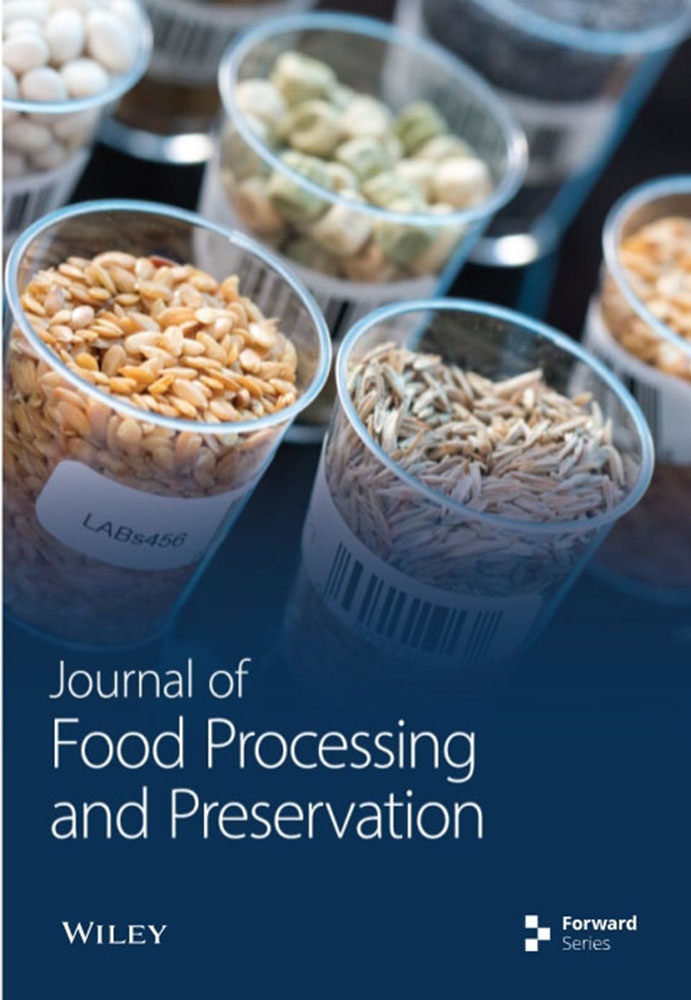Frozen kinetics for the effects of a functional glazing on physical, chemical, and microbial properties of tilapia during storage
Abstract
This work aimed to quantify the effects of a fresh-keeping glazing on the shelf life of frozen fish. In this work, glazing was prepared using modified chitosan as the backbone. Essential oils (EOs) extracted from two Zanthoxylum species were introduced as functional additive agents to improve the physical and chemical properties of chitosan. Kinetics models were established to predict the shelf life of the preserved fish. As the results, the shelf life increased up to 1.7–2.0 times when the temperature every dropped 4 K. Ice glazing further prolonged the shelf life. As the results, the shelf life of the samples with chitosan glazing were 1.1–1.5 times than that of the naked samples, while that of the samples with chitosan-EOs glazing were 1.3–1.9 times. The findings revealed a general trend of variations in storage quality of frozen fish, as well as the effects of an ice glazing. It is instructive to establish application models for a real distribution chain.
Novelty impact statement
This work modified chitosan glazing by the introduction of antioxidant and antimicrobial EOs to keep the storage qualities of frozen fish.
Systematical work to quantize the effects of both frozen storage and modified glazing layers on shelf life of the preserved fish was present.
The overall findings could be instructive for real distribution chain.

 求助内容:
求助内容: 应助结果提醒方式:
应助结果提醒方式:


